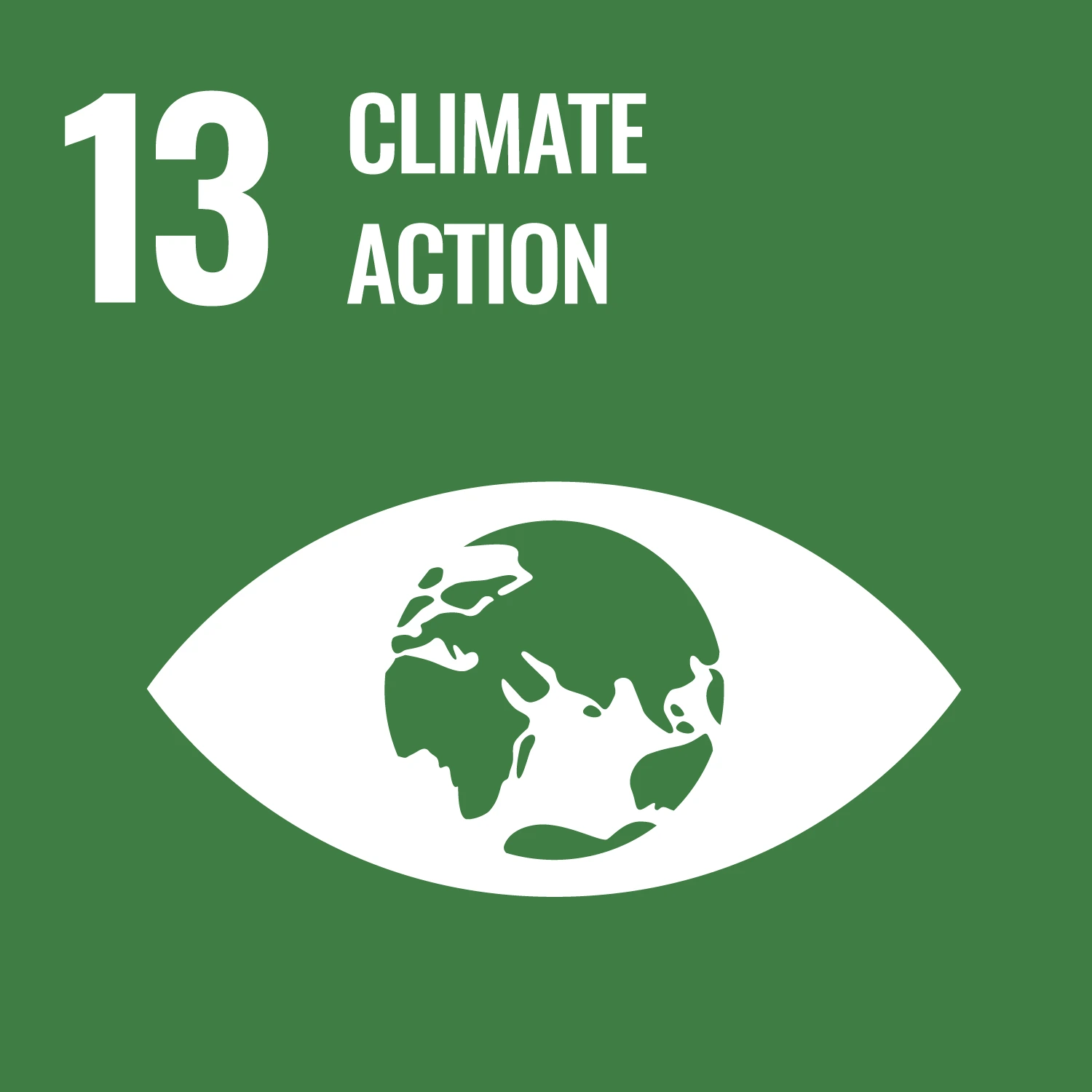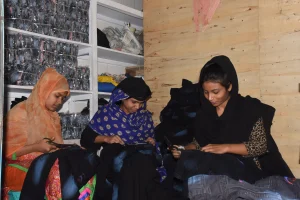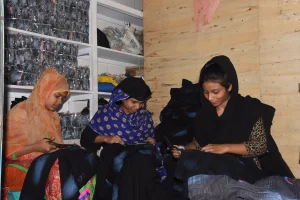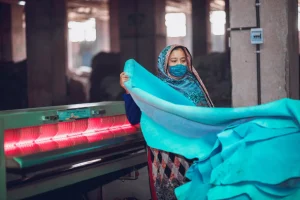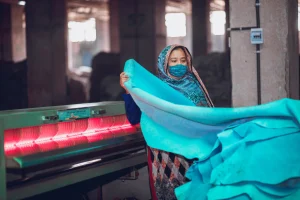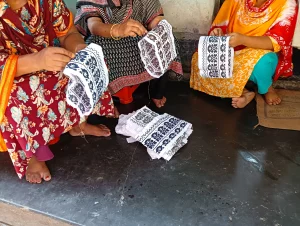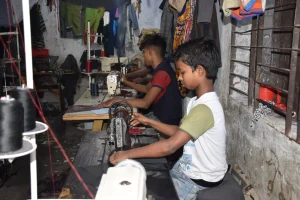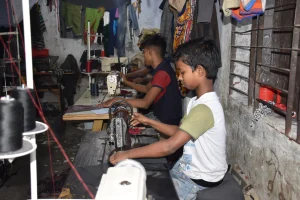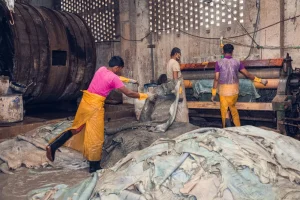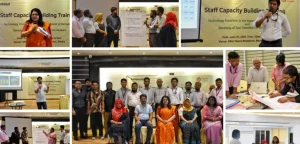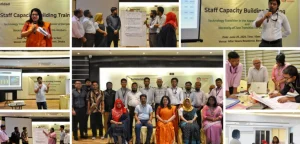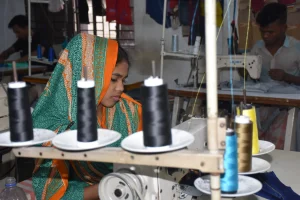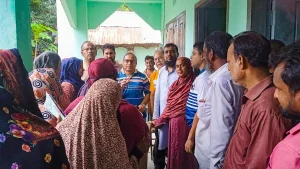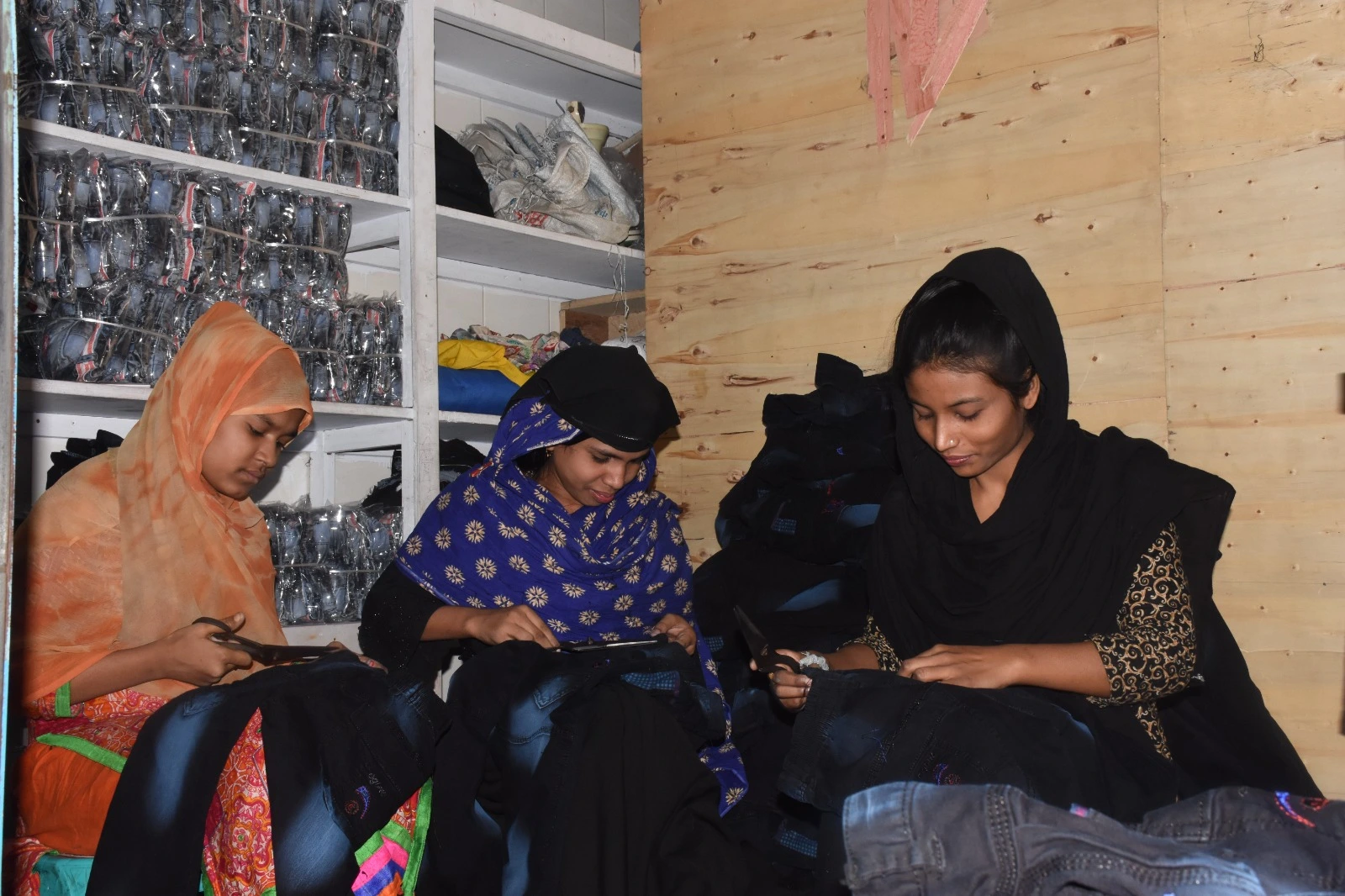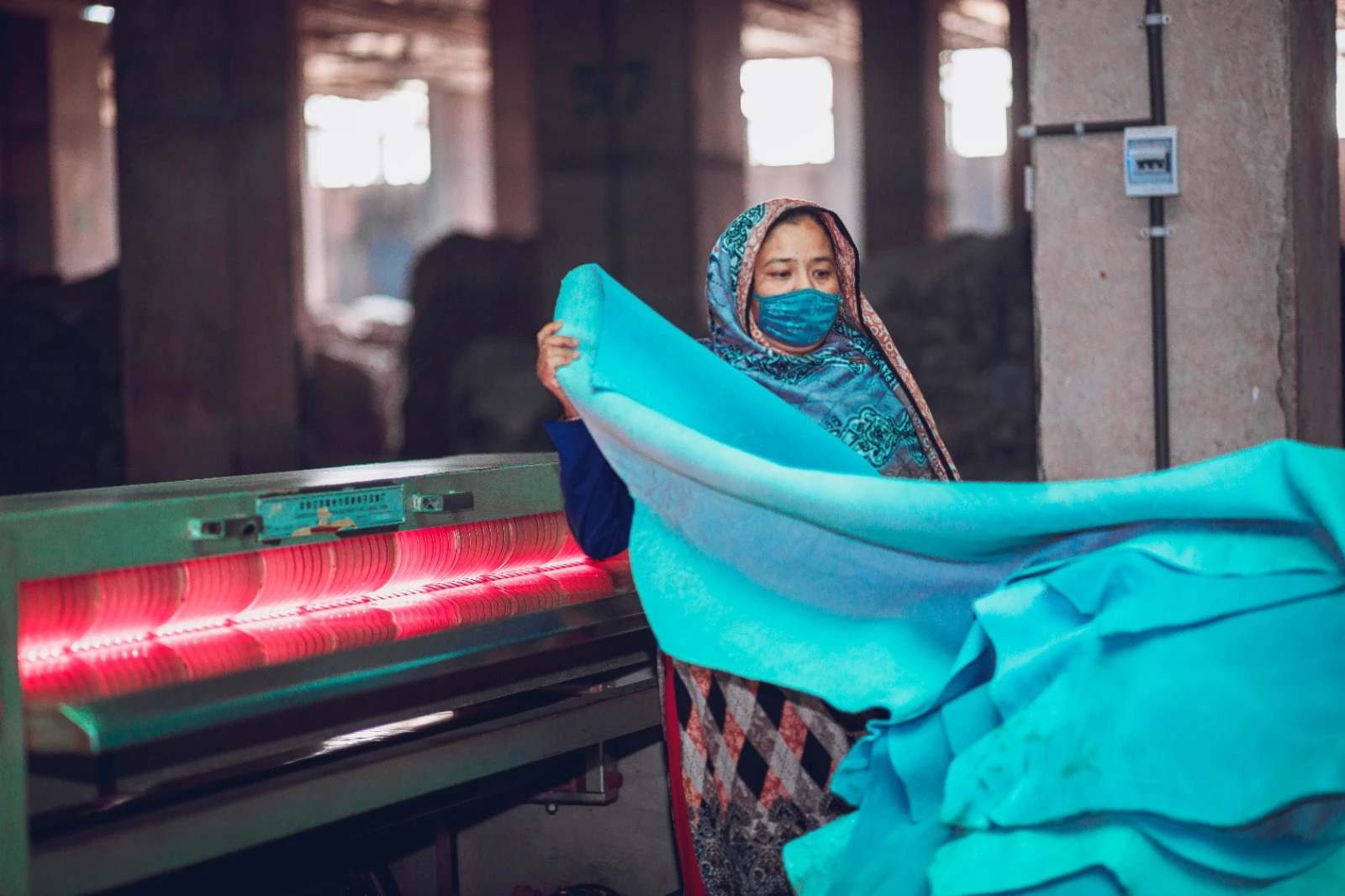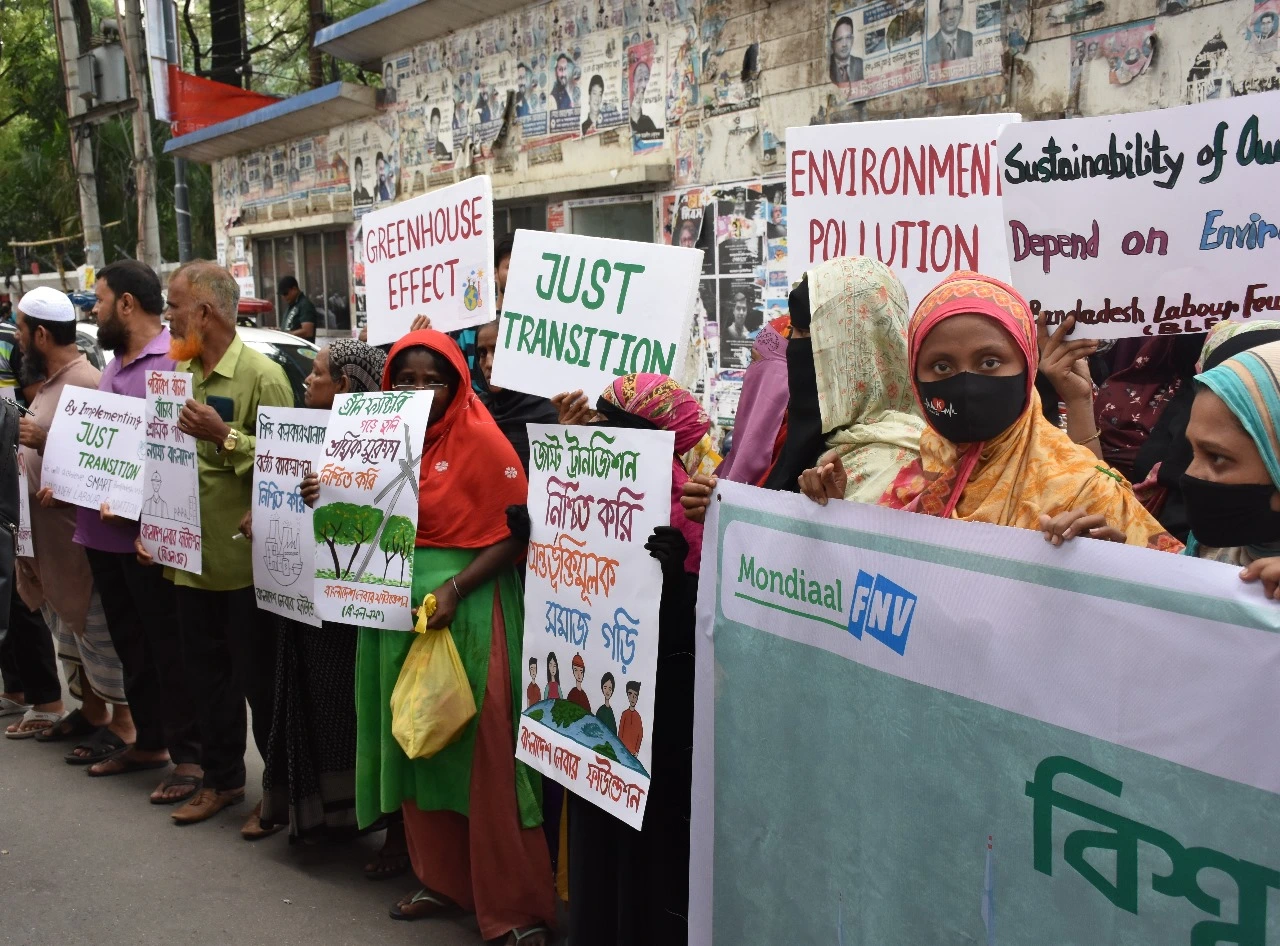Projects
Improving Labour Standards by Eliminating Child Labour which leads Local RMG Industries to get recognition for a Decent and Violence free Work Environment
Development Partner
Mondiaal FNV
Location
Keraniganj, Dhaka
Duration
July, 2023 - December 2025
Overview
Bangladesh is the second highest RMG exporter in the world and contributing 7.87% of the national GDP and 81.29% of the country’s exports in FY2024. Beyond exports, the local RMG industry in Keraniganj plays a crucial role, housing more than 287 towers, 7,500 factories and 8,500 showrooms and supplies 80% of the domestic market’s denim and woven goods while employing around 254,000 workers. However, this sector operates informally, lacking regulatory oversight on wages, contracts, working hours, and occupational safety. Women workers face gender-based violence (GBV) at both workplaces and living areas, while child labour remains widespread—47% of workers in Keraniganj’s garment factories are aged 5-17 (TBS, 2023). At this point, the government has prepared a two-year National Plan of Action (NPA) to end child labor in local RMG by 2023. With the assistance of the Department of Inspection for Factories and Establishment (DIFE), to make a smooth implementation of this NPA, Bangladesh Labour Foundation (BLF) has initiated a project with the objective of reducing child labour from this area through a series of tower-based advocacy meetings, awareness sessions, trainings and workshops. The project is funded and supported by Mondial FNV.
Objectives
- Improving workplace environment of Local RMG by eliminating child labour through implementing Nation Plan of Action (NPA) and LRM recognized as a small industry reducing Gender Based Violence and vulnerability of workers condition and introduce Decent Work.
- Recognition of Local market RMG as any form of industry under the proper authority of government.
- Strengthen the Trade Union (TU) on organizing, negotiation and collective bargaining to reunite the workers and raise voice for the workers’ rights & welfare.
- Discourage new recruitment of Child Labour and existing child labour removed by 2025 through implementation of NPA.
- Empowerment of women workers for reducing violence against women in local RMG of Keraniganj.
Outcomes
- Stakeholders will be sensitized about the contributions of the local RMG sector to the national economy, and trade licenses and official documentation will be ensured for targeted factories through proper accountability.
- Trade union leaders will be capacitated in organizing, negotiation, and collective bargaining, fostering youth and women leadership for trade union sustainability.
- Government, employers, and stakeholders will collaborate to eliminate child labour in the local RMG sector by implementing the National Plan of Action (NPA).
- The central women's committee will be activated and strengthened to organize women workers, alongside improving their knowledge of reproductive health and personal hygiene.
- The introduction of model tower recognition by owners and the government which will set examples of decent workplaces for others to follow.
Major Activities
- Arranging advocacy meeting with Ministry of Industry, DIFE and BSCIC to include the Local RMG (LRMG) recognizing as small industry and to encourage issuing trade license by the respective Union Parishad. Hence a Workshop with the factory owners will also be organized for motivating them ensuring update Trade License, hanging Signboard with factory name, maintain Attendance Register and issuing ID Cards.
- Strengthening the Trade Union on organizing, negotiation, collective bargaining and grievance handling by providing Training for both male and female potentials leaders and youth workers to organize the ununionized towers.
- Providing training on GBV and Menstrual and Personal Hygiene for Potential Women Leaders and arranging Tower based Awareness Sessions with women workers on GBV and Women Rights.
- Formation of Tower based Safety committee and Fire Safety Group, and arranging Tower based Awareness Session on House Keeping and OSH for the factory owners and worker. Besides, training on Fire Safety and Fire drill by Fire Service and Civil Defense is organized for increasing safety measures.
- Discouraging new recruitment of child labour by forming of tower base Child Labour Elimination Committee (CLEC) and by arranging training and workshops for CLEC, Tower-based Ostads and Employers Associations on Child Rights, Disadvantage of Child Labour and Government mandate to eliminate child labour from LRMG through implementation of NPA engaging the stakeholders. Aside from this a factory level awareness sessions with owners, workers and union leaders is also arranged on elimination of child labour.
Sector
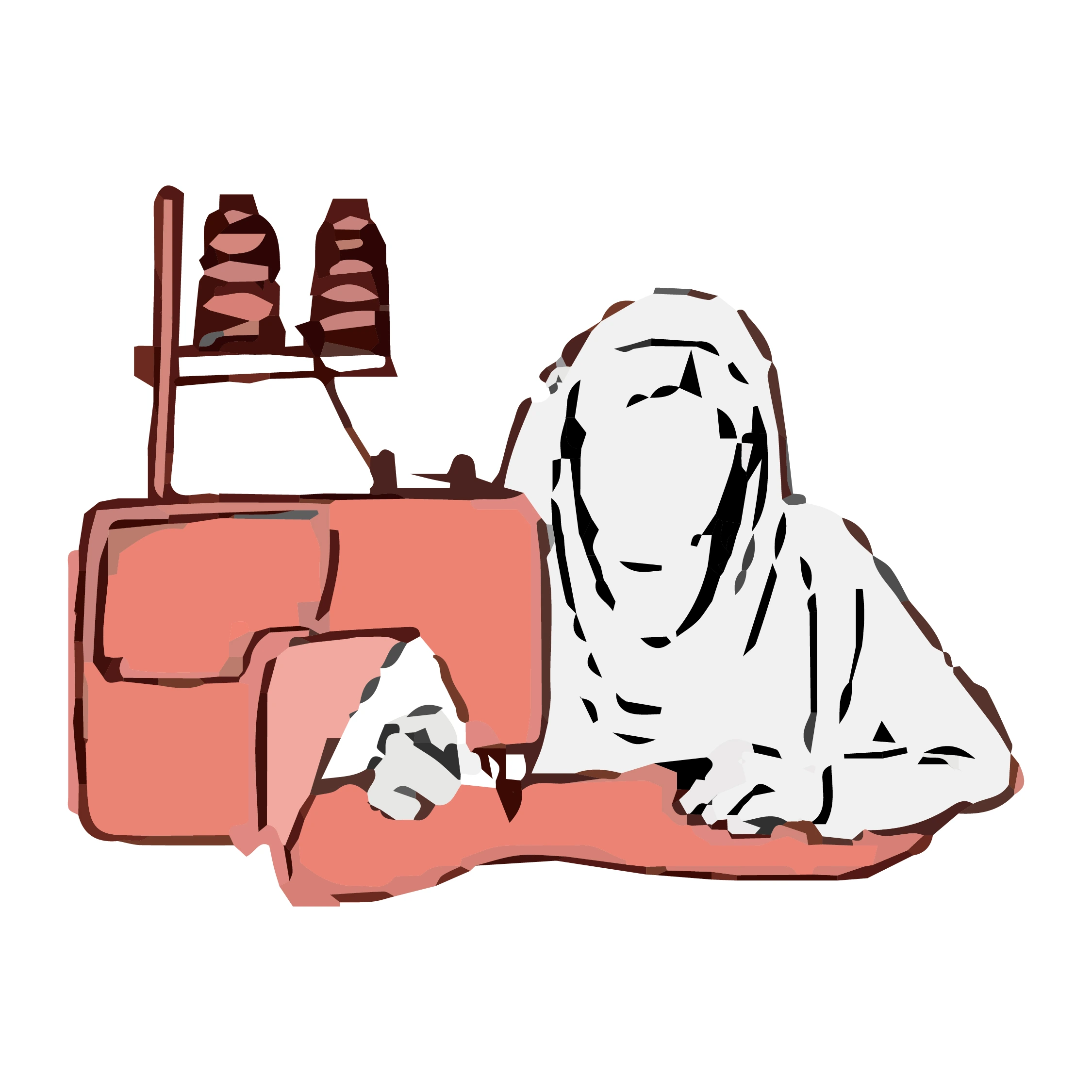
Readymade Garments (Local)
Thematic Area
Child Labour
SDG 8.7
Informal Work
Awareness & Capacity Building
Decent Work
Project SDGs Goals follow
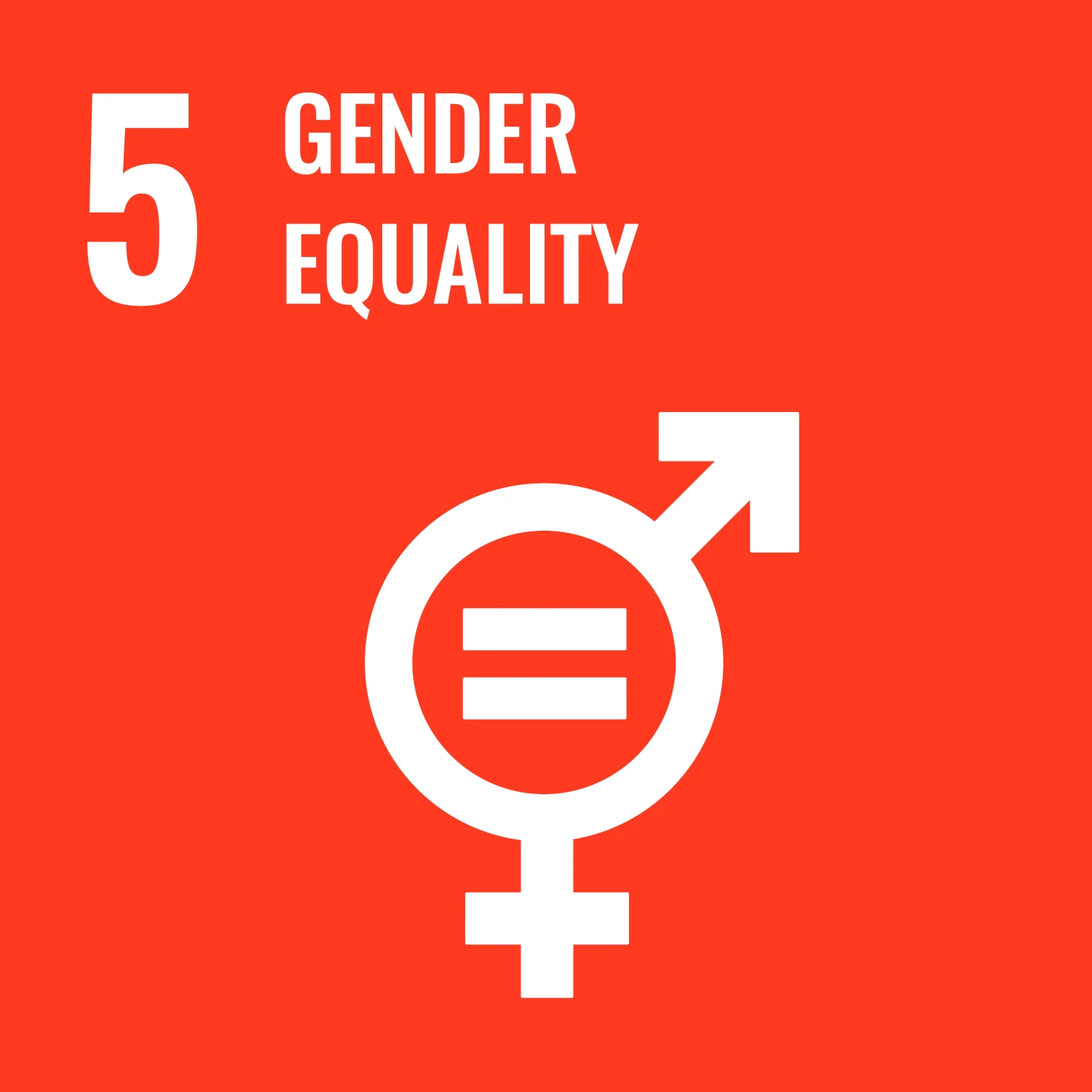
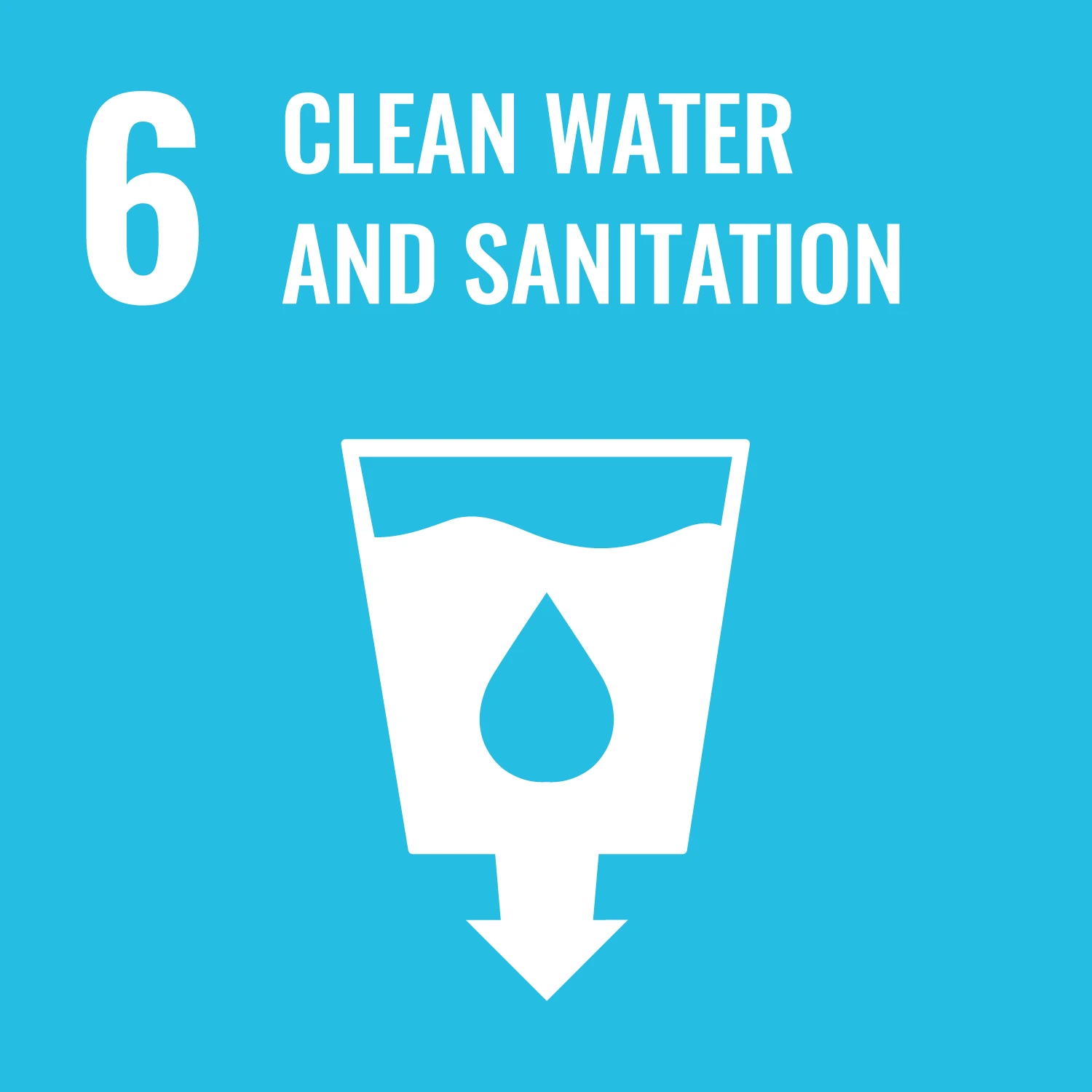
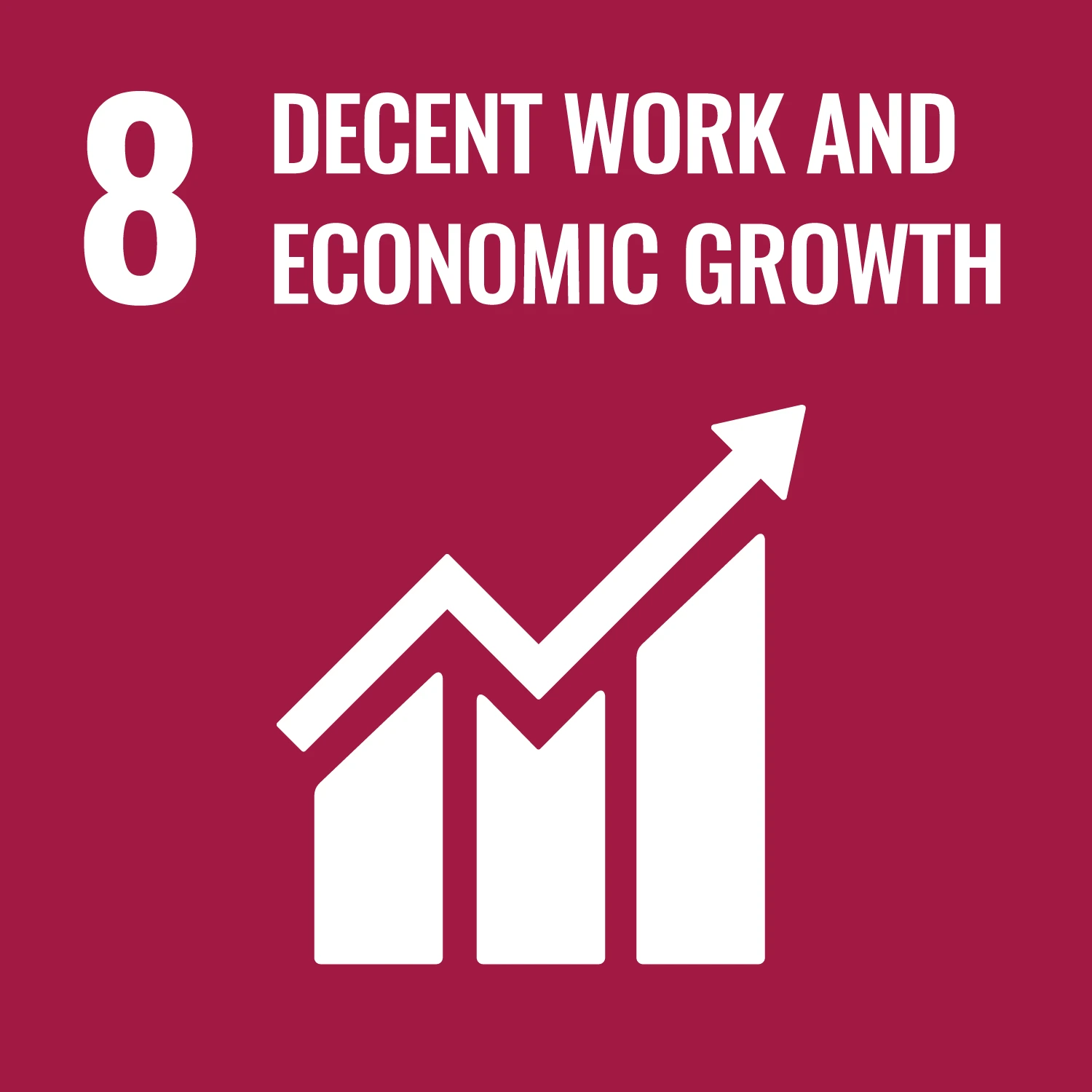
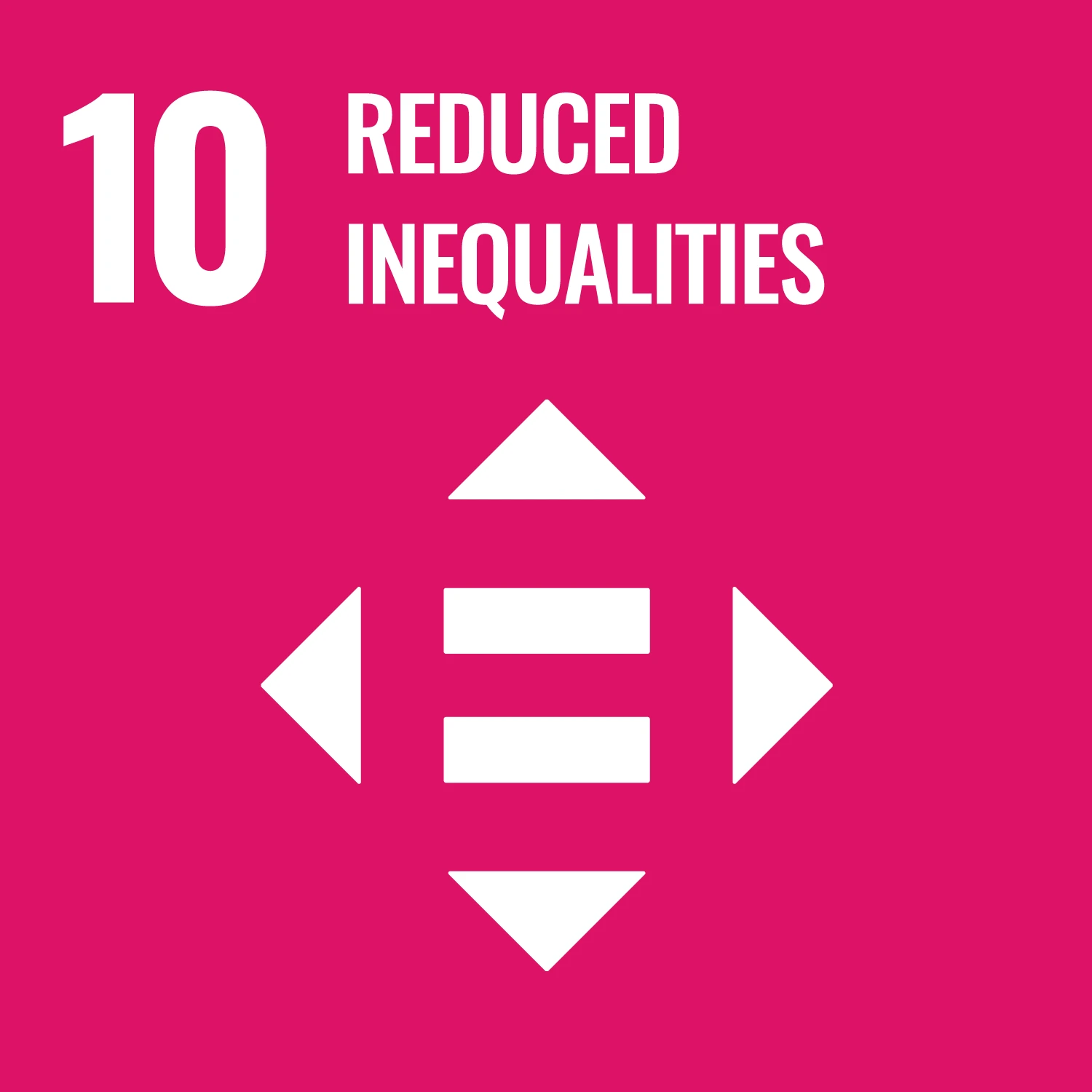
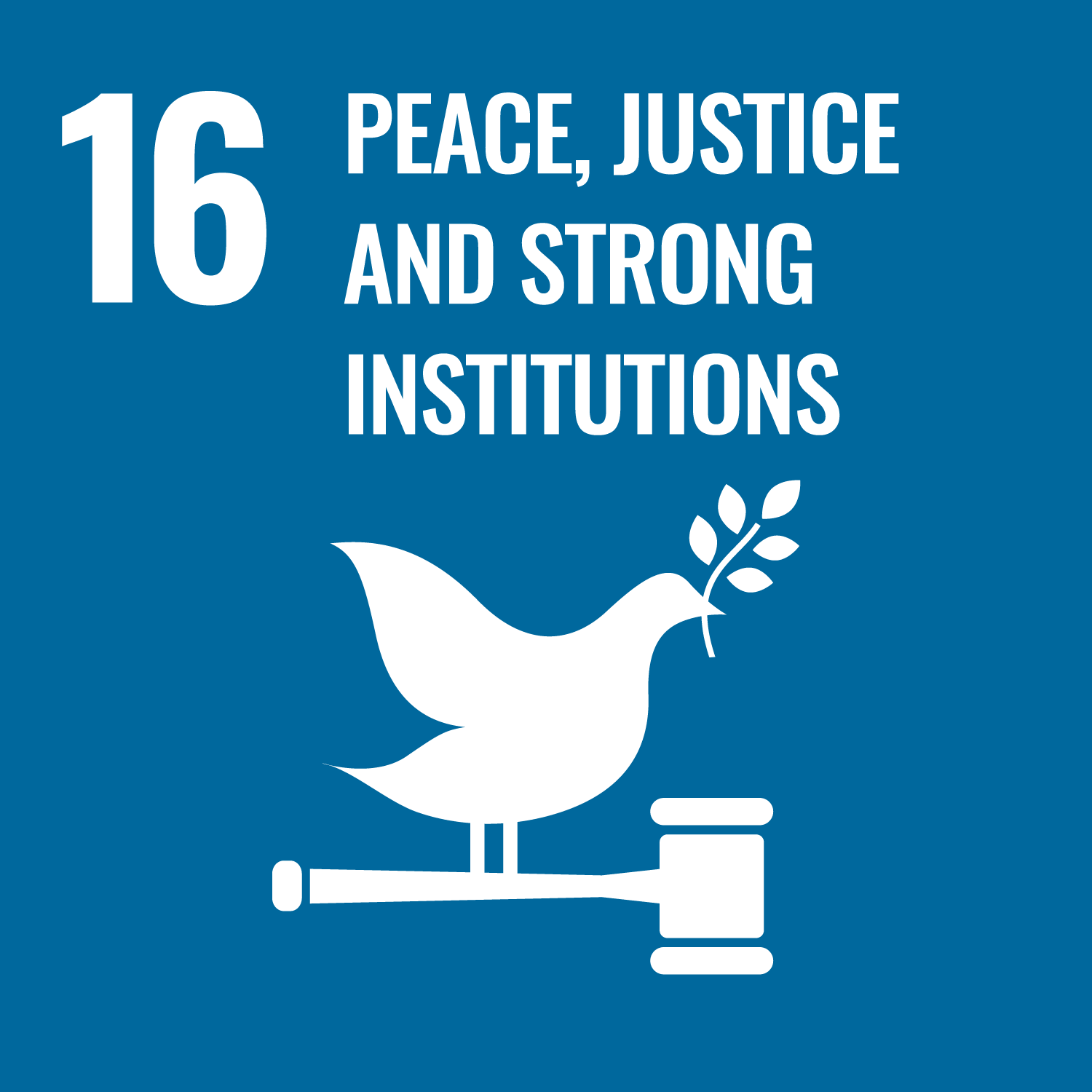
Project Activities Gallery
Projects List
Email Newsletter for More Updates
Project Page Template
Implementation of Minimum Wage in the Tannery Sector through Advocacy, Awareness, Capacity, Strategy and Monitoring
Development Partner
lorem ipsum text
Location
lorem ipsum text
Duration
lorem ipsum text
Overview
Objectives
- The prevalence of child labour, aged up to 14 years is 13.23% and adult labour aged 15 and above is 86.77%.
- Most of the children came from coastal districts where river erosion is a common phenomenon and the consequences are losing jobs and migration.
- The Child Labours often face shouting, using abusive language, physical abuse (e.g. beating, slapping, kicking, pulling them by their hair, throwing objects/tools).
- The girl workers have to share an unhygienic toilet with male colleagues, which is more difficult for them during menstruation.
- Twenty percent (20%) of child workers were in the monthly income group between Tk. 500 to Tk. 1000. Very few (2%) child workers reported receiving above Tk. 10,000.
Outcomes
- The prevalence of child labour, aged up to 14 years is 13.23% and adult labour aged 15 and above is 86.77%.
- Most of the children came from coastal districts where river erosion is a common phenomenon and the consequences are losing jobs and migration.
- The Child Labours often face shouting, using abusive language, physical abuse (e.g. beating, slapping, kicking, pulling them by their hair, throwing objects/tools).
- The girl workers have to share an unhygienic toilet with male colleagues, which is more difficult for them during menstruation.
- Twenty percent (20%) of child workers were in the monthly income group between Tk. 500 to Tk. 1000. Very few (2%) child workers reported receiving above Tk. 10,000.
Major Activities
- The prevalence of child labour, aged up to 14 years is 13.23% and adult labour aged 15 and above is 86.77%.
- Most of the children came from coastal districts where river erosion is a common phenomenon and the consequences are losing jobs and migration.
- The Child Labours often face shouting, using abusive language, physical abuse (e.g. beating, slapping, kicking, pulling them by their hair, throwing objects/tools).
- The girl workers have to share an unhygienic toilet with male colleagues, which is more difficult for them during menstruation.
- Twenty percent (20%) of child workers were in the monthly income group between Tk. 500 to Tk. 1000. Very few (2%) child workers reported receiving above Tk. 10,000.
Sector

Thematic Area
Add Your Heading Text Here
Add Your Heading Text Here
Add Your Heading Text Here
Project SDGs Goals follow




